By the Numbers: The COVID-19 Economy 1 Year Later
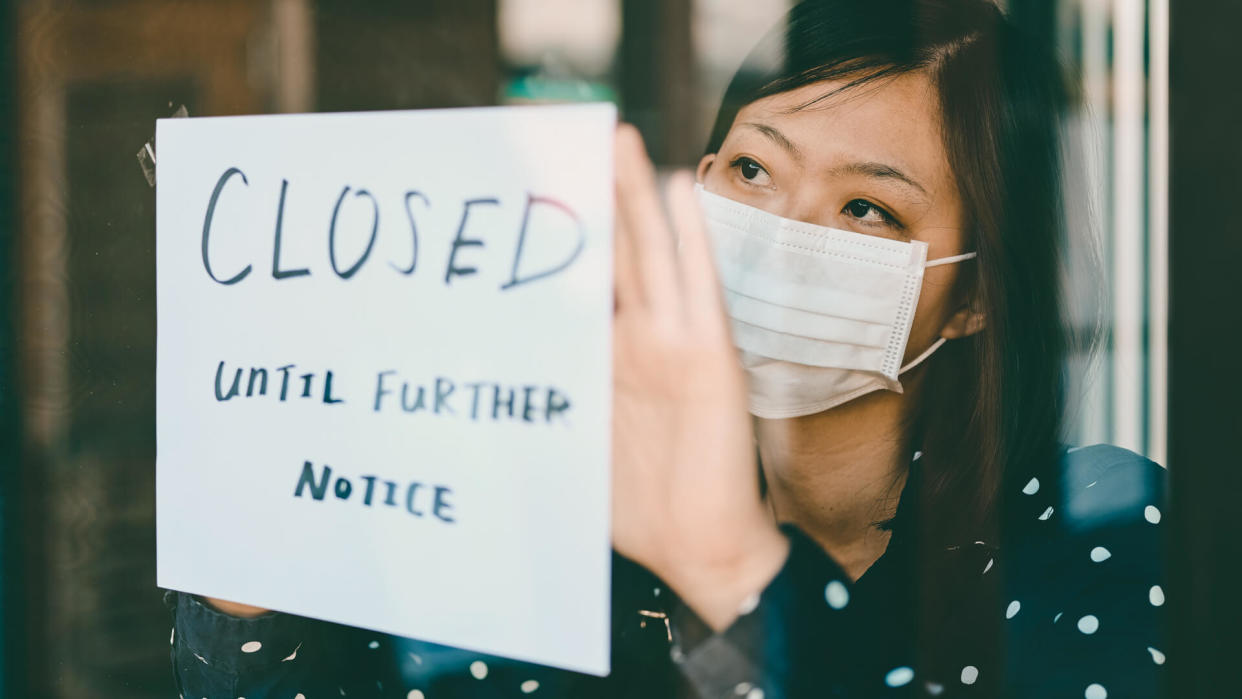
Without a doubt, 2020 was undoubtedly one of the most dramatic years for the U.S. economy in recent history due to the COVID-19 pandemic. Public health shutdowns and other public safety measures meant to protect people had a significant negative impact on numerous businesses, unemployment rates and thus the economy.
Read: COVID’s Financial Impact After 1 Year: See All Our Coverage
To get a hard look at that economic impact, GOBankingRates analyzed several measures of economic health to provide a snapshot of COVID-19’s impact on the economy and where it is now. We used data from the Bureau of Economic Analysis (BEA) and the Congressional Budget Office (CBO), unemployment data from the Bureau of Labor Statistics (BLS) and personal consumption expenditures (consumer spending). Though the picture was grim for 2020, there are signs of economic recovery in 2021.
Last updated: March 11, 2021

GDP Percent Change: -3.50%
Gross domestic product (GDP) is an indicator that economists use to measure the health of an economy, such as whether it’s going into recession or thriving. The number reflects the value of all goods and services produced within a specific time inside a country’s borders. According to the Bureau of Economic Analysis (BEA), GDP decreased by 3.5%, reflecting decreases in consumer spending, exports, inventory investment and business investment. Some increases in housing investment and government spending offset it slightly. Consumer spending decrease was mainly in areas of food services, accommodations, healthcare and recreation.
See: $1,400 Stimulus Checks Are Still Coming – But Who’s Eligible to Get One?
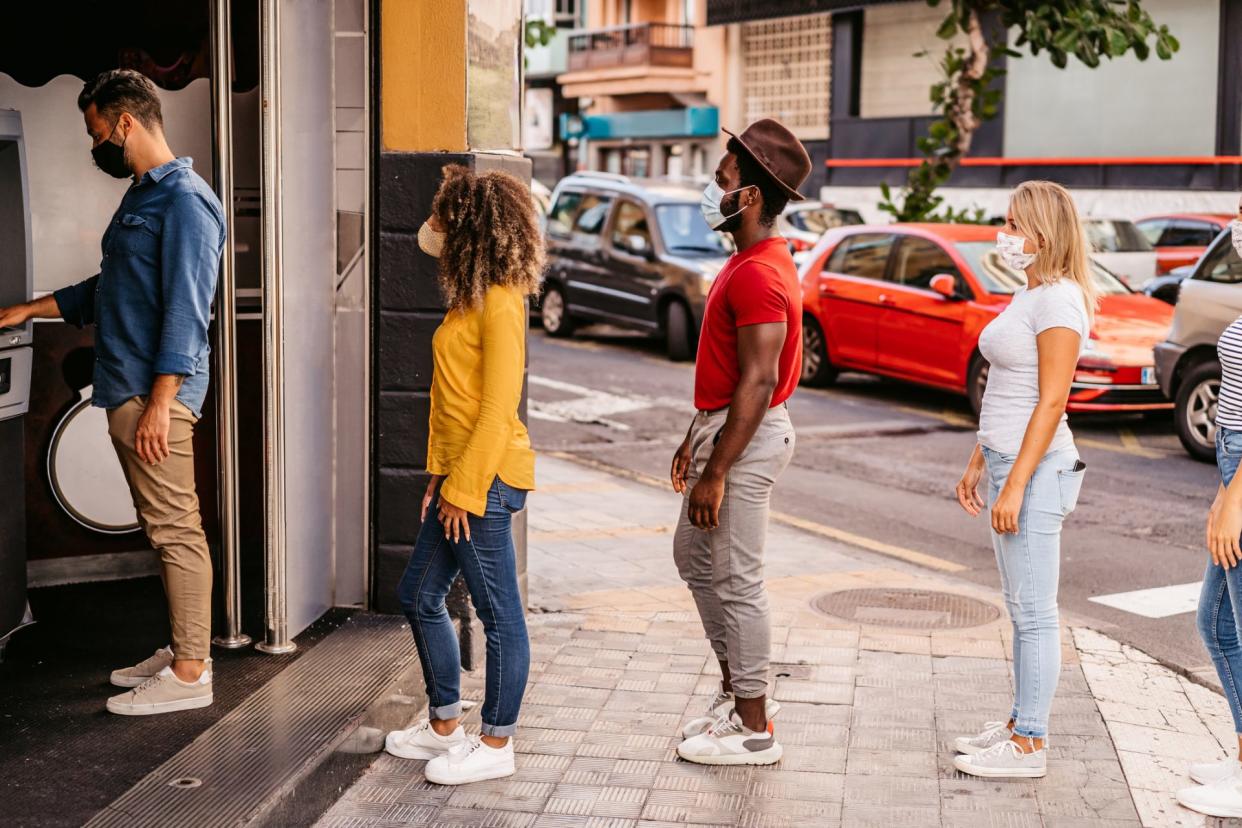
Projected Real GDP Growth Rate for 2021: 3.70%
With the rollout of the COVID-19 vaccines in effect, the Congressional Budget Office (CBO) projects that GDP is expected to grow by 3.7% in 2021, which would return the economy to its pre-pandemic level by about the middle of the year. It also predicts a declining unemployment rate through 2026, with employment levels returning to pre-pandemic levels by 2024.
Find Out: Will You Owe Taxes on Your 2020 Unemployment Checks?

April 2020 Unemployment Rate: 14.80%
According to the Bureau of Labor Statistics (BLS), the unemployment rate in April 2020 hit its highest rate, increasing by 10.3 percentage points to an astonishing 14.7%. This was largely due to shelter-in-place measures as a response to the COVID-19 pandemic. This is the largest “over-the-month increase in the history of the data (available back to January 1948),” the BLS wrote. Translated into people, there were 23.1 million unemployed people in April 2020.
More: Calculating Your Stimulus Check: How Much (if Any) Will You Get?
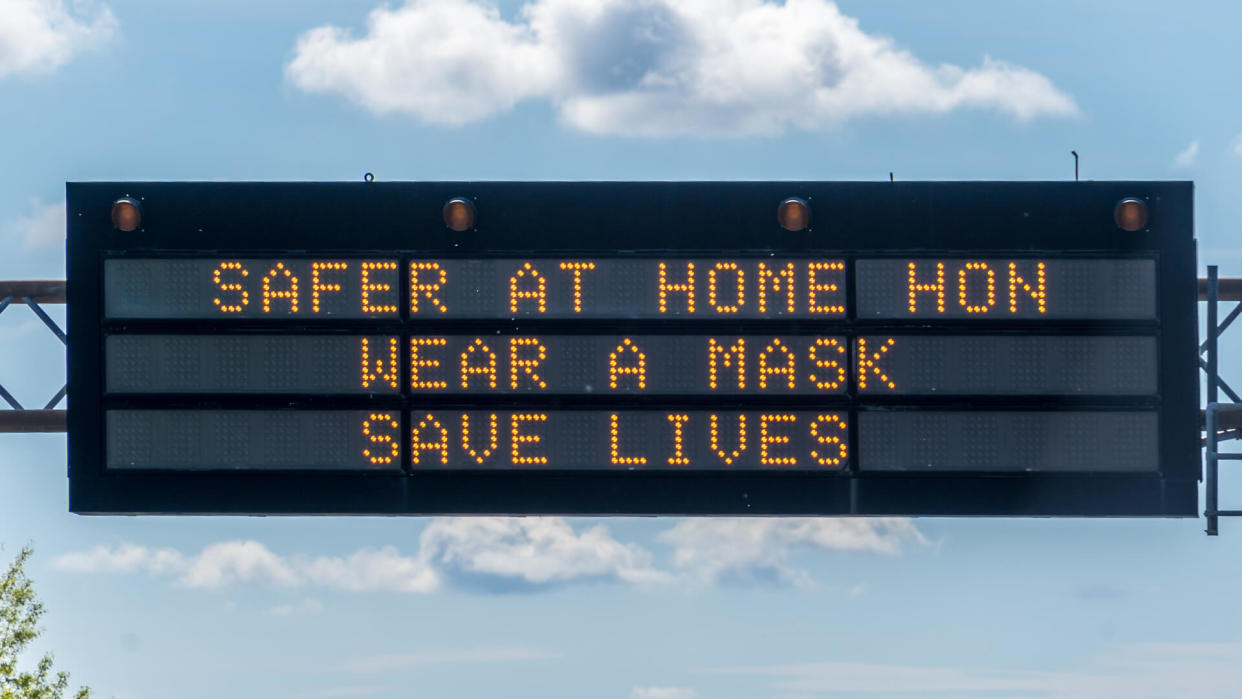
2020 Annual US Unemployment Rate: 8.10%
The 2020 annual U.S. unemployment rate was 8.1%, according to the Bureau of Labor Statistics. Compared to 3.7% in 2019, that’s a 119% increase.
Read: Americans’ Savings Drop to Lowest Point in Years
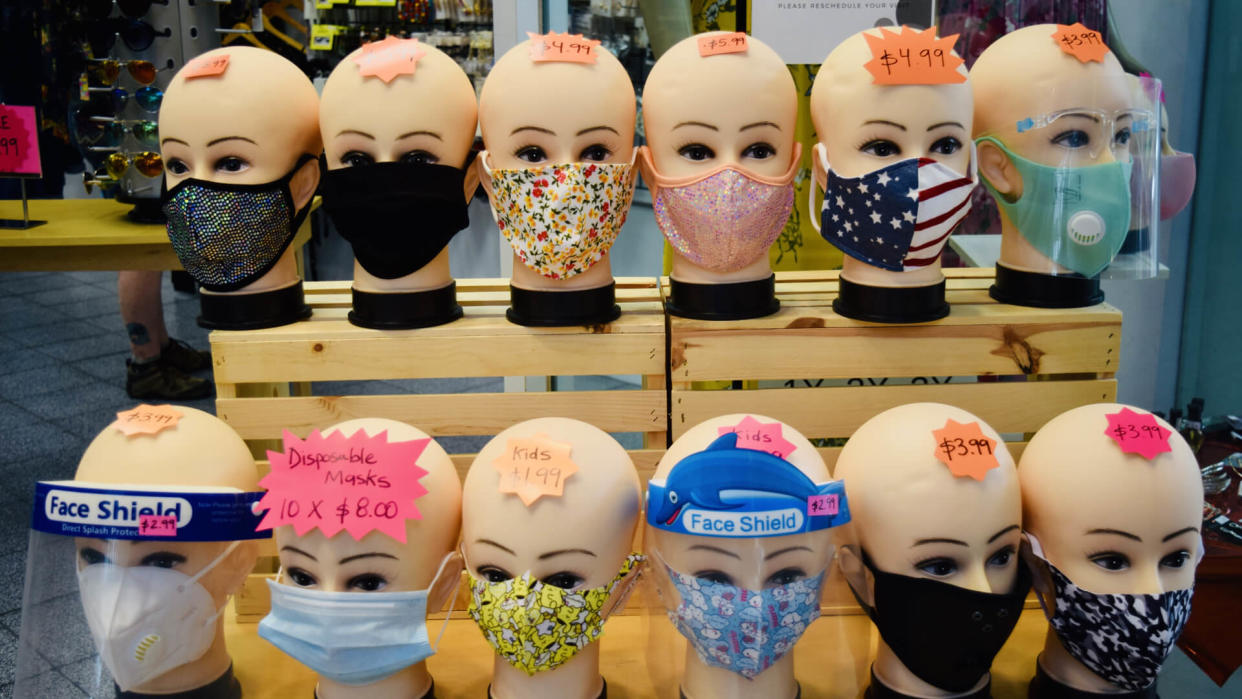
January 2021 Unemployment Rate: 6.30%
The January 2021 unemployment rate, according to the Bureau of Labor Statistics, was 6.3%, the lowest since March 2020, which was 4.4%.
See: Proposed Tax Breaks and Credits That Could Make the New Stimulus Bill a Welcome Relief
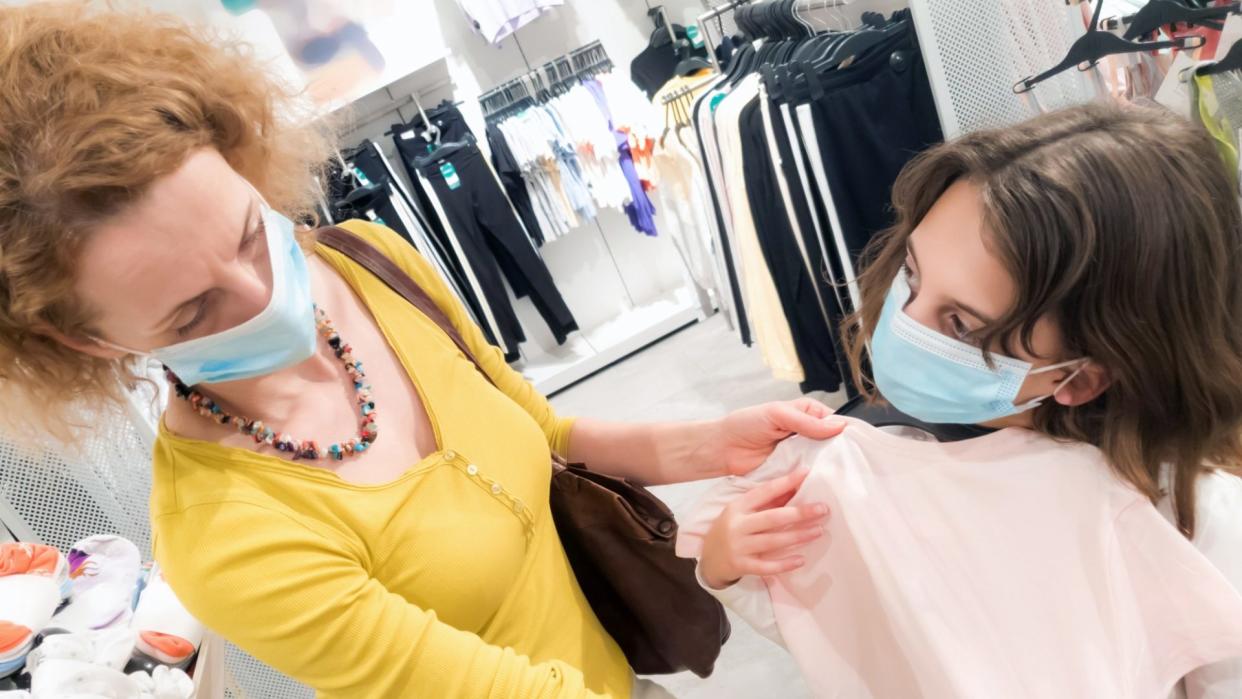
Decrease in Annual Personal Consumption Expenditures: -2.74%
Personal consumption expenditures are the goods and services that people living in the U.S. purchased for themselves or on behalf of people. Economists use these statistics to measure the economy’s strength. These expenditures decreased by 2.74% in 2020.
Find Out: 11 Basic Money Moves Everyone Should Make During Hard Times

Annual Rate of Personal Consumption Expenditure Estimated in January 2021: $14.8 Trillion
The Bureau of Economic Analysis estimated an increase in the annual rate of personal consumption expenditures in January 2021, to the tune of $14.8 trillion. This may be related to the reopening of many businesses as well as government stimulus that has improved the economy.
More: Cutting Out These 25 Expenses Will Save You $16,142.08 a Year

Drop in Total Retail and Food Service Sales: -19.9%
Unsurprisingly, the retail and food service sectors, both hit hard by COVID-19 lockdown measures, saw a significant drop, of -19.9% during the pandemic’s first year.
Read: Shopping Mistakes You’re Making and How To Stop

Total Retail and Food Services in the US as of January 2021: $568 Billion
The retail and food services sectors have begun to rebound as of January 2021, with sales totaling $568 billion. This is likely due to the relaxing of COVID-19 lockdown restrictions, lower unemployment and government stimulus funds.
See: 101 Easy Ways To Save Money Daily

US Federal Debt as of Q3, 2020: $27 Trillion
As of the third quarter of 2020, the U.S. federal debt surpassed $27 trillion.
This debt includes any outstanding debt that the federal government owes — including Treasury notes that individuals, companies and foreign governments hold, as well as debt held by the public.
Find Out: National Debt and Deficit — What Is It and How Does It Affect Me?
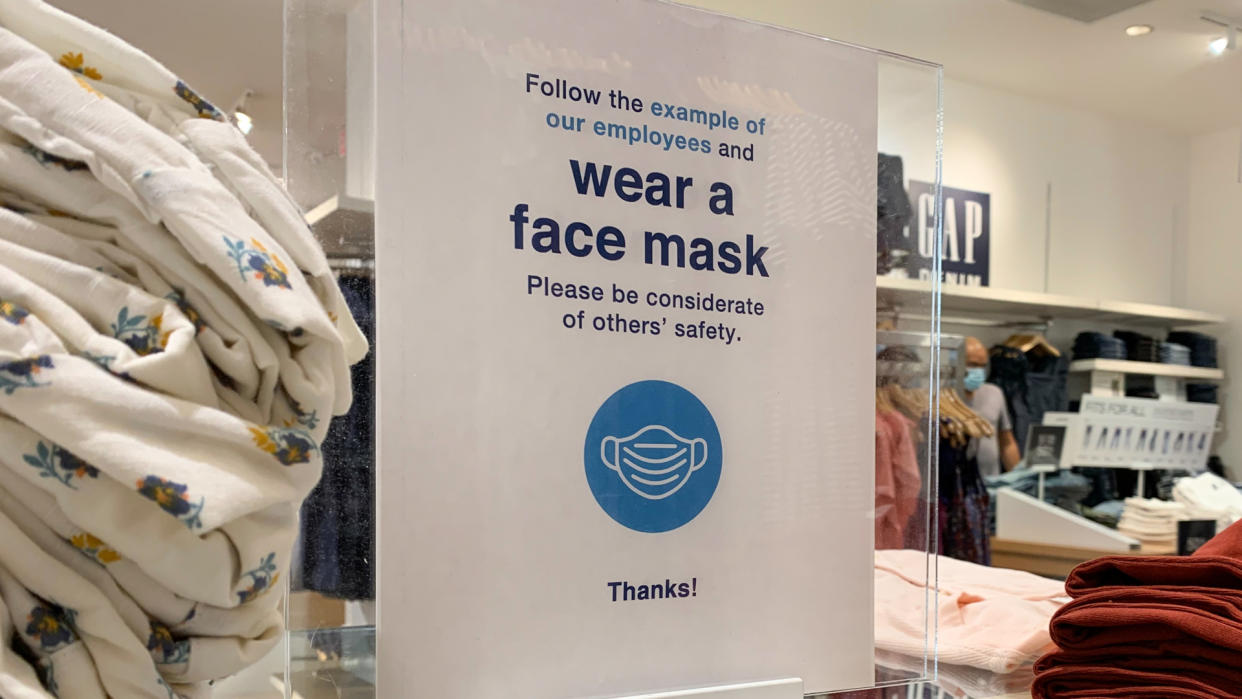
Change in Federal Debt Between Q3 of 2019 and 2020: 19%
Federal debt increased by 19% between the third quarter of 2019 and the third quarter of 2020, according to Treasury data made available by the Federal Reserve Economic Data portal.
More: Almost Every State Is In Debt Thanks to COVID-19 — What Now?
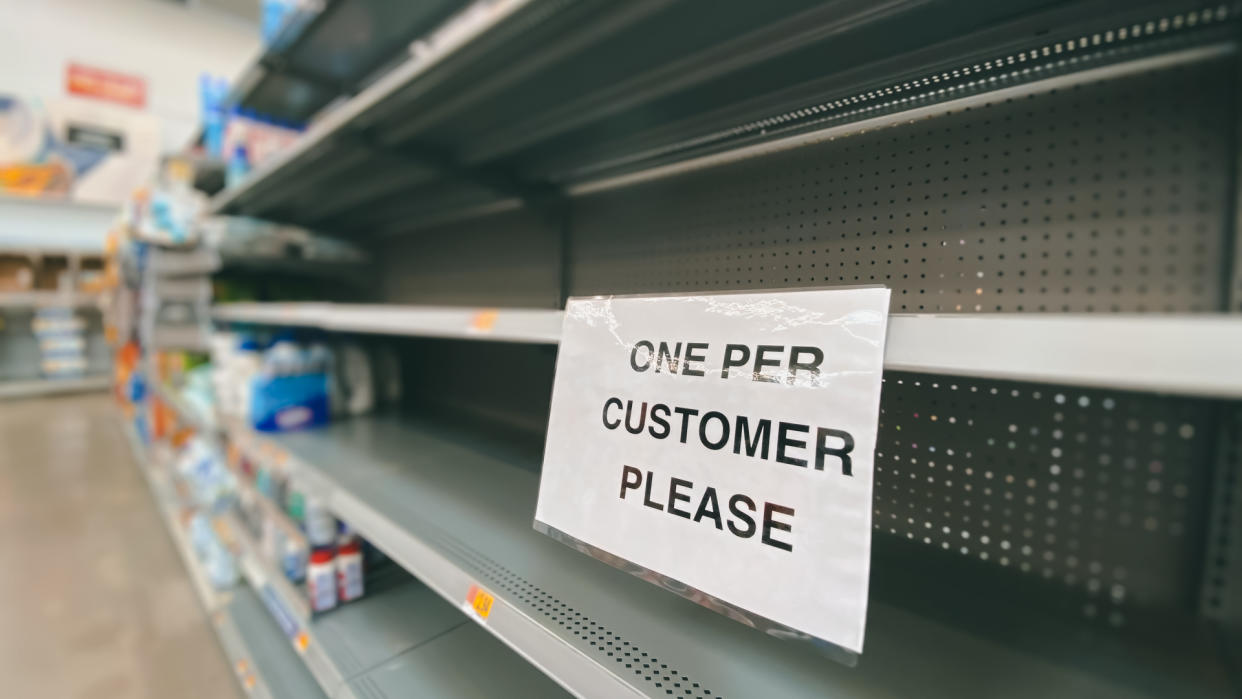
Percentage of the Nation’s GDP That Is Federal Debt Held By the Public: 102%
Federal debt held by the public — which includes individuals, corporations, state or local governments, Federal reserve banks, foreign governments and other entities, and was at 100% of GDP by the end of 2020 — is estimated to reach 102% of GDP at the end of 2021, according to the CBO. Then, it projects that it will further decrease for a few years before rising. By 2031, it projects debt will equal 107% of GDP, a record high in U.S. history.
Read: How To Save Money During COVID-19
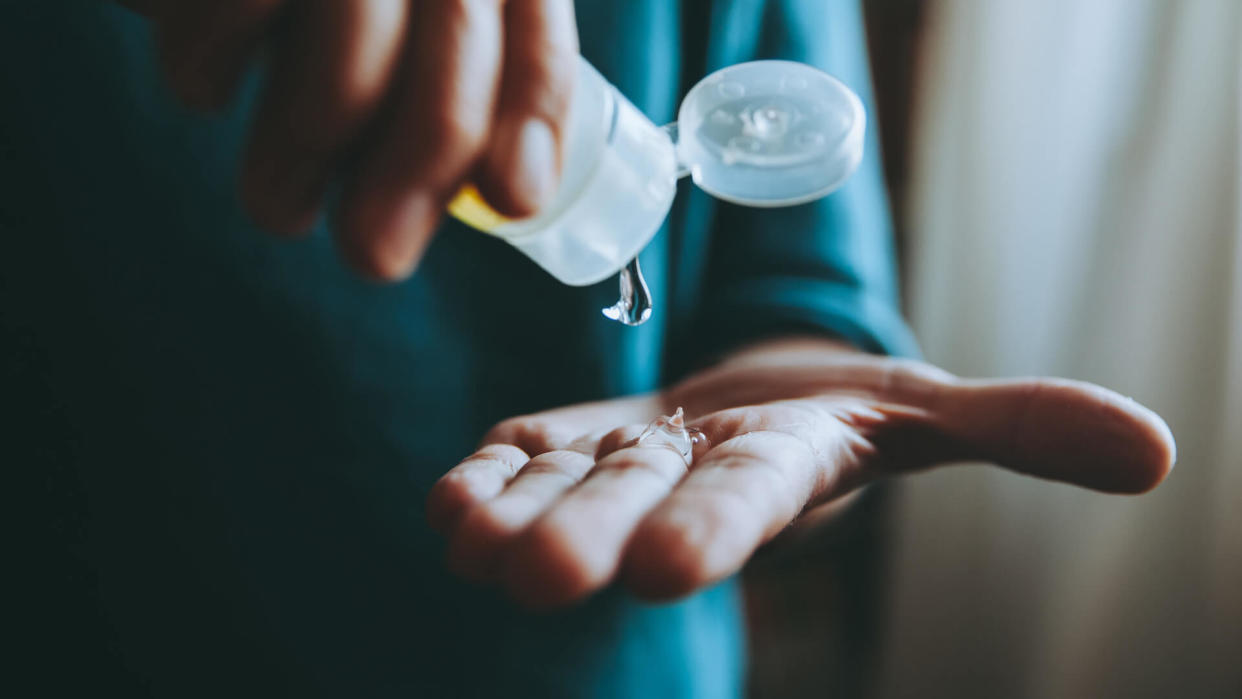
Projected Federal Budget Deficit in 2021: $2.3 Trillion
CBO says the U.S. is facing a federal budget deficit of $2.3 trillion in 2021, which is nearly $900 billion less than 2020’s shortfall. Equaling 10.3% of GDP, the deficit in 2021 would be the second-largest since 1945. The highest was 2020’s 14.9% shortfall. Those deficits are largely a result of the pandemic’s impact on the economy.
More From GOBankingRates
Methodology: GOBankingRates analyzed several measures of economic health to provide a snapshot of COVID’s impact on the economy and where it is now. GOBankingRates looked at GDP data from the Bureau of Economic Analysis (BEA) and the Congressional Budget Office (CBO), unemployment data from the Bureau of Labor Statistics (BLS), personal consumption expenditures (consumer spending) data from the BEA, federal debt data from the Treasury and made available by the Federal Reserve Economic Data portal and sales of retail and food services from the Census Bureau. All data was collected on and up to date as of March 2-3, 2021.
This article originally appeared on GOBankingRates.com: By the Numbers: The COVID-19 Economy 1 Year Later
